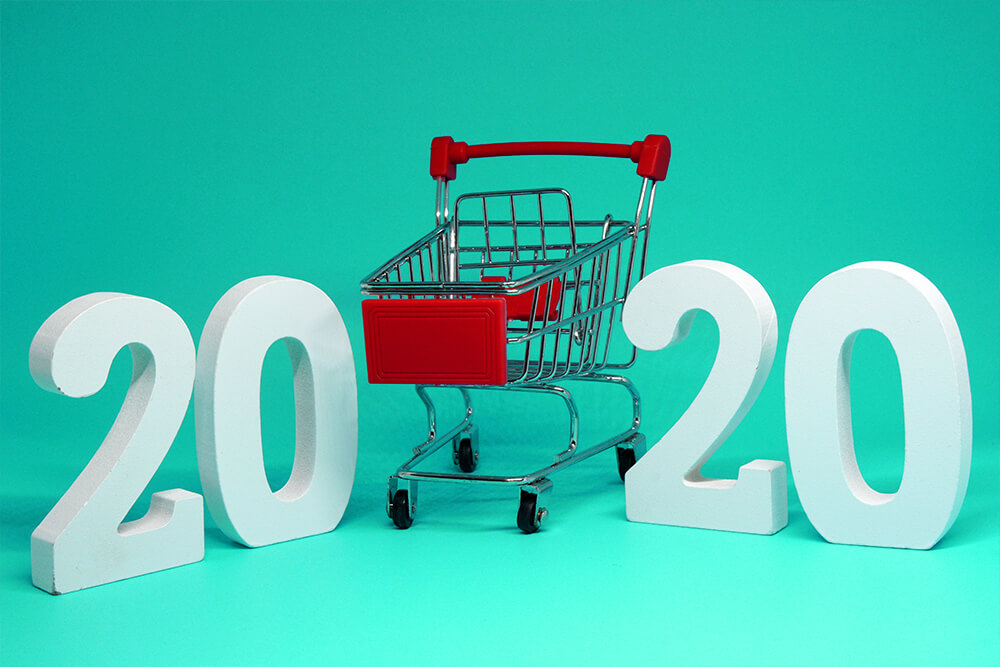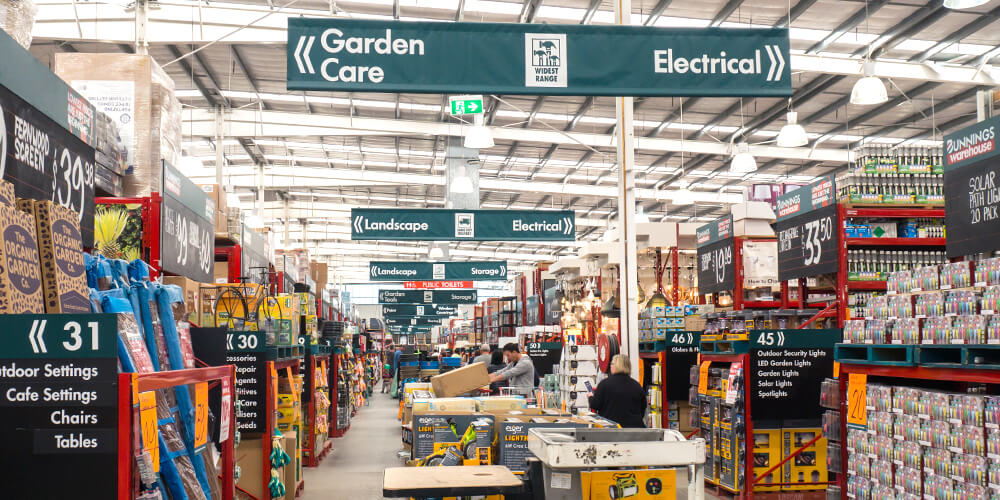2020 hindsight – The winners and losers of retail

New data from the Commonwealth Bank has highlighted the uneven impact that Covid-19 had on retail throughout 2020, with some sectors clearly emerging as winners and others struggling but now regaining ground in the wake of last year’s uncertainty.
So, as we seek to put the events of 2020 behind us, here’s what their research found…
Winners and losers
The year which saw consumers spend more time in their homes than ever before, with less certainty about the financial future and their general wellbeing resulted in some fascinating trends across the retail sector, with many retailers forced to pivot and adapt.
Health and fitness were among the priorities for shoppers, while homewares also proved popular products. Meanwhile, the apparel sector took a hit.
So who were the winners and losers of retail during a watershed year?
Winners

Homewares and hardware
CommBank’s data highlights the shift in focus to our home environment. In an article in Inside Retail, they note homewares and hardware sales recorded consistent and considerable growth during the year.
This included a noticeable spike between April and July as life with the pandemic set in and householders settled into a year of DIY.
“We were doing up the house and nesting,” CommBank’s Consumer Sector Lead, Jerry Macey said.
“We’re spending more time at home, so we want it to be nice. So, it’s no surprise that this category has been resilient to the pandemic.”
Food and beverage
After an initial struggle to keep stock on the shelves, the food and beverage sector enjoyed a bumper year that was driven by people stocking up as they settled in to ride out lockdowns.
That said, the initial spike in sales seen early in 2020 as the pandemic developed dropped later in the year.
“Overall sales were higher early on, compared with the previous year, as we stocked up,” CommBank says, “but dropped off in the second half, which could be attributed to the success food retailers had in keeping shelves mostly stocked and shoppers didn’t feel compelled to hoard goods.”
“If you’re a food retailer, your struggle initially was getting the stock out there. It’s not been ‘oh where have my customers gone?’ it’s been a supply issue,” Mr. Macey said.
“I think we should be really proud of our food retailers. They did a brilliant job of making sure that we were all stocked up and stopped us from worrying. They stopped the panic.”
A mixed bag

Clothing and apparel
The clothing and apparel sector had a tough start to 2020 as stores were impacted by lockdowns. But after October sales quickly surged.
“Clothing and footwear didn’t do so well during the year until October onwards, compared to the previous year,” Mr. Macey said.
“Since October they’ve shot up. People are saying to themselves ‘I’ve got some money left, it’s present-buying time, it’s buying-for-me time, it’s coming into summer, let’s go shopping.”
Car dealerships
Like clothing and apparel, car dealerships were also late beneficiaries of the events of 2020, and that was largely due to the fact people realised a second car was required if they were looking to avoid public transport.
“The data shows an increase in sales for both new and used vehicles, as the lack of overseas travel has left many households with a bonus in their domestic budget,” CommBank said.
Takeaway food
It’s no surprise the takeaway food sector did it tough in 2020. Discretionary expenditure reduced, while people either couldn’t get out and about or were hesitant to.
As a result, takeaway sales plummeted in April, then slowly but surely recovered as people gained confidence and decided to “eat out at home”.
“Takeaway food took a hit in the first part of the year when outlets in shopping malls were shut. But if you were a drive-through you were ok,” Mr. Macey said.
Most recent consumer habits
The most recent Household Spending Intentions report from CommBank indicates the playing field is now beginning to level.
When it came to consumer’s retail spending intentions, CommBank found:
- Following a strong rise in November, retail spending intentions were a little lower in December 2020, with the trend flat on the month
- December saw improvements in the pace of spending on food and non-alcoholic beverages, medical and personal care, and recreation
- The year to December saw strong annual increases in spending on clothing including uniforms, bakeries, grocery stores, and supermarkets, convenience stores, department stores, discount stores, curtain, floor covering and furniture stores, paint, hardware, and household appliance stores, digital apps, electronic stores, hobby-toy-game stores, and pet shops
You can find more about trends emerging in retail in 2021 here, or view our range of products that support the retail experience here